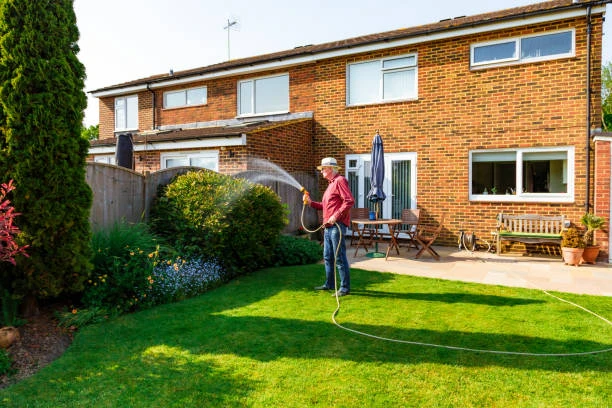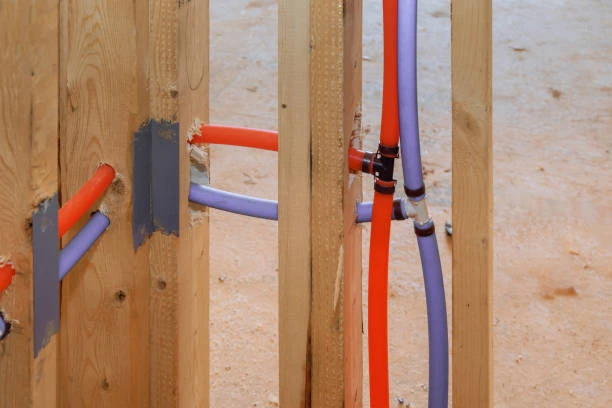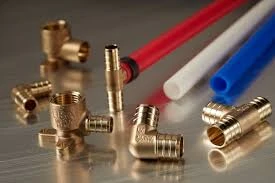How to Repair a Garden Hose
A garden hose is an essential tool for any gardener, allowing you to easily water plants, wash cars, and even fill pools. However, over time, garden hoses can develop leaks, cracks, and other issues that can hinder their performance. Fortunately, repairing a garden hose is often a straightforward process that can extend its lifespan significantly. In this article, we will guide you through various methods to repair a garden hose, ensuring you get the most out of this indispensable tool.
Common Issues with Garden Hoses
Before diving into the repair methods, it’s essential to understand the common issues that can affect your garden hose:
- Leaks: These can occur at the hose itself or at the connections.
- Cracks: Often caused by extreme temperatures or wear and tear.
- Kinks: While not a direct damage, kinks can restrict water flow and cause pressure build-up.
- Broken fittings: These can prevent the hose from connecting to the water source or attachments.
Identifying the problem will help you choose the right repair method.

Tools and Materials Needed
Before starting your repair, gather the following tools and materials:
- Hose cutter or sharp knife
- Hose connector or repair kit
- Hose clamps
- Duct tape or waterproof tape (for minor repairs)
- Plumber’s tape (Teflon tape)
- Water source for testing
Step-by-Step Guide to Repairing a Garden Hose
1. Inspect the Hose
Start by thoroughly inspecting your garden hose. Look for visible cracks, leaks, and weak spots. Check the fittings to see if they are damaged or corroded. Mark these areas so you can focus on them during the repair process.
2. Repairing Leaks
Minor Leaks
For small leaks or holes:
- Duct Tape Method: Clean the area around the leak and wrap it tightly with duct tape. This method is temporary and should be followed by a more permanent fix.
- Waterproof Tape: Similar to duct tape, waterproof tape can be used for a more durable, waterproof seal.
Major Leaks
For larger leaks:
- Hose Repair Kit: Purchase a hose repair kit from your local hardware store. These kits typically include connectors and clamps that can easily fix larger leaks.
Steps:
- Cut the damaged section of the hose with a hose cutter.
- Insert the hose connector into both ends of the cut hose.
- Secure with hose clamps, tightening them to ensure a watertight seal.
3. Fixing Cracks
If you find cracks along the length of the hose:
- Cutting Method: Using a hose cutter, remove the cracked section. Then, use a hose repair connector to reconnect the two cut ends.
- Splice Method: For smaller cracks, you can splice the hose. Cut out the cracked section and use a connector to join the remaining ends.
4. Dealing with Kinks
Kinks can restrict water flow, leading to increased pressure:
- Prevent Kinks: To prevent kinks, ensure the hose is stored properly, preferably coiled in a hose reel.
- Repairing Kinks: If you notice a kink, gently straighten it out. If the hose remains pinched, cut it out and use a connector to repair it.
5. Replacing Broken Fittings
Broken fittings can prevent the hose from connecting properly:
- Replacement: Most garden hoses have standard fittings. Unscrew the damaged fitting and replace it with a new one, ensuring a snug fit.
- Use Plumber’s Tape: Wrap the threads of the new fitting with plumber’s tape before screwing it on. This helps create a watertight seal.
6. Testing the Repair
After completing your repairs, it’s crucial to test the hose:
- Connect the hose to a water source.
- Turn on the water and check for any leaks.
- If you see leaks, tighten the connectors or apply more tape where necessary.
Maintenance Tips for Garden Hoses
To prevent future issues, follow these maintenance tips:
- Store Properly: Always store your garden hose coiled or on a reel to prevent kinks and wear.
- Drain the Hose: After use, drain all the water from the hose to prevent freezing in cold temperatures.
- Avoid Direct Sunlight: Prolonged exposure to sunlight can weaken the hose material. Store in a shaded area when not in use.
- Regular Inspections: Periodically check for leaks and cracks, especially before the gardening season.
Conclusion
Repairing a garden hose is a manageable task that can save you money and extend the life of your hose. By following the steps outlined above, you can tackle leaks, cracks, and other common issues with ease. Regular maintenance will ensure your garden hose remains a reliable tool in your gardening arsenal.
Frequently Asked Questions (FAQ)
1. Can I repair a garden hose without a repair kit?
Yes, you can use duct tape or waterproof tape for minor leaks, but a repair kit is recommended for a more permanent fix.
2. How can I tell if my garden hose is too damaged to repair?
If the hose has multiple cracks or leaks along its length, it may be time to replace it rather than repair it.
3. Is it safe to use a garden hose that has been repaired?
Yes, as long as the repairs are done properly and there are no leaks, it is safe to use.
4. How can I prevent my garden hose from leaking?
Store your hose properly, avoid sharp bends, and regularly check for wear and tear to prevent leaks.
5. What should I do if my hose keeps kinking?
Consider using a hose reel for storage, or invest in a kink-resistant hose to minimize kinking issues.

















